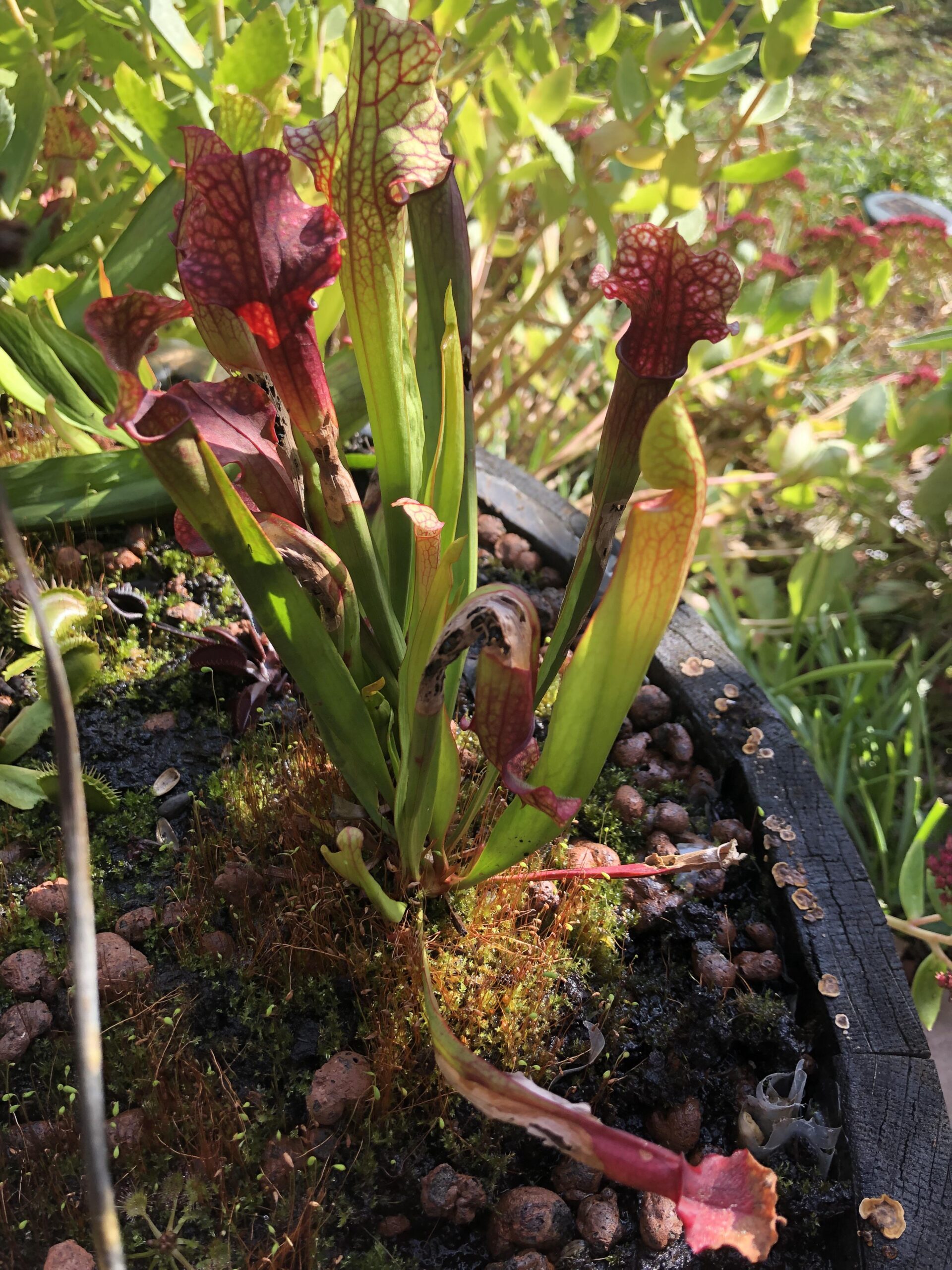The Venus Flytrap and Pitcher Plant are two popular carnivorous plants that capture and digest insects in unique ways. The Venus Flytrap uses a snap trap mechanism to catch insects, while the Pitcher Plant relies on pitcher-shaped leaves filled with digestive fluids. The Venus Flytrap is efficient at catching insects but is sensitive to environmental conditions, while the Pitcher Plant has a diverse diet and attractive appearance. Both require specific care, with the Venus Flytrap needing well-draining soil and distilled water, and the Pitcher Plant needing consistent moisture levels. Ultimately, the choice between the two plants depends on personal preference and the level of care one can provide.
Venus Flytrap vs. Pitcher Plant: Which Carnivorous Plant Reigns Supreme?
Introduction
Carnivorous plants have always captured the imagination of people around the world with their unique feeding habits. Two popular carnivorous plants, the Venus Flytrap and the Pitcher Plant, are often compared for their ability to capture and digest insects. In this article, we will explore the similarities and differences between these two fascinating plants to determine which one reigns supreme.
Venus Flytrap
The Venus Flytrap (Dionaea muscipula) is a small plant native to the Southeastern United States. It is known for its unique trapping mechanism, consisting of hinged leaves that snap shut when triggered by an insect. The plant uses tiny trigger hairs on the inner surface of its leaves to detect the movements of prey, such as flies and spiders. Once the hairs are stimulated, the leaves snap shut, trapping the insect inside.
Pros of Venus Flytrap
- Highly efficient at catching insects
- Interesting to watch the trapping mechanism in action
- Requires minimal care and maintenance
Cons of Venus Flytrap
- Can be sensitive to environmental conditions
- May require specific soil and water conditions to thrive
Pitcher Plant
The Pitcher Plant (Sarracenia) is a diverse group of carnivorous plants that are found in North America, primarily in boggy areas. They are characterized by their tubular-shaped leaves that form pitchers filled with digestive fluids. Insects are lured into the pitchers by nectar secretions and the vivid coloration of the plant. Once inside, the insects are unable to escape and are digested by the plant’s enzymes.
Pros of Pitcher Plant
- Large variety of species, each with unique traits
- Can catch a wide range of insects, including ants, beetles, and even small frogs
- Attractive appearance with vibrant colors and intricate patterns
Cons of Pitcher Plant
- Requires consistent source of water to maintain the fluid levels in the pitchers
- May attract unwanted pests if not properly cared for
Comparison
Feeding Mechanism
While both plants are carnivorous, they employ different mechanisms to capture their prey. The Venus Flytrap uses a snap trap system, where the leaves close rapidly once triggered. On the other hand, the Pitcher Plant relies on passive pitfall traps formed by its pitcher-shaped leaves. Insects are lured into these pitchers and are unable to escape once inside.
Diet
Both plants primarily feed on insects, but the Pitcher Plant has a more diverse diet compared to the Venus Flytrap. Pitcher Plants can also trap and digest small rodents, amphibians, and even birds in some cases. This makes them more versatile in terms of prey selection compared to the Venus Flytrap.
Care and Maintenance
While both plants require specific care and maintenance, the Venus Flytrap is known to be more sensitive to environmental conditions. It requires a well-draining soil mix and regular watering with distilled water to thrive. On the other hand, Pitcher Plants require consistent moisture levels in their pitchers and a humid environment to flourish.
Conclusion
Both the Venus Flytrap and Pitcher Plant are fascinating carnivorous plants that have evolved unique strategies to capture and digest their prey. While the Venus Flytrap is known for its rapid trapping mechanism and efficiency in catching insects, the Pitcher Plant offers a more diverse diet and striking appearance. Ultimately, the choice between these two plants comes down to personal preference and the level of care and maintenance one is willing to provide. Both plants are equally captivating in their own right and are sure to add a touch of exotic beauty to any plant collection.
